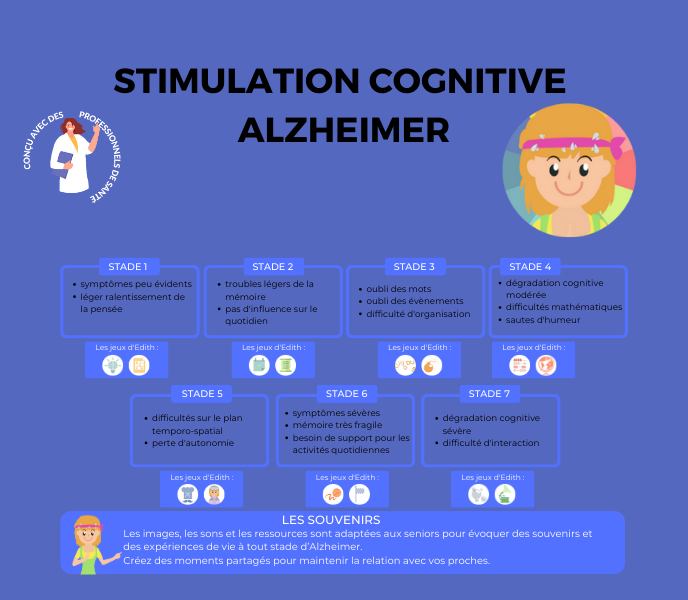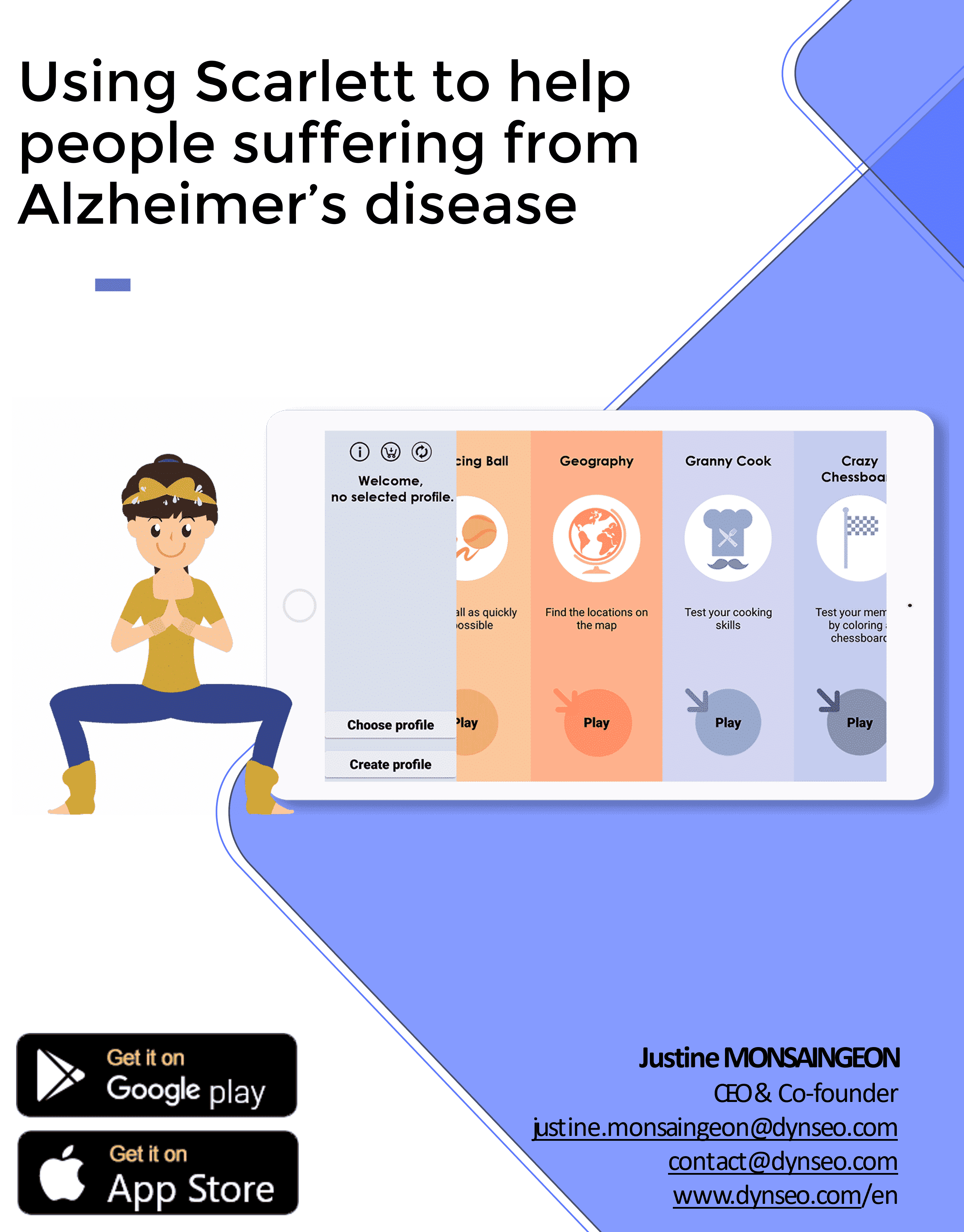In this article, we explore the importance of animation in Senior Livings; which are living environments for elderly people who require assistance and care on a daily basis. Animation plays a crucial role in these facilities, enhancing residents’ quality of life by providing stimulating and entertaining activities.
Senior Livings are often seen as places where the elderly spend their days waiting for time to pass. However, this should not be the case. Senior livings’ residents need activities that entertain, stimulate and help them maintain their independence. That’s where animation comes in. It offers residents the chance to take part in a variety of activities tailored to their needs, helping to improve their physical and psychological well-being.
The benefits of flash animation for Senior Livings’ residents
Flash animation is a form of animation characterized by brevity and intensity. It consists of short but dynamic activities that capture residents’ attention and stimulate them quickly. This form of entertainment offers many advantages for Senior Livings’ residents.
First and foremost, flash animation keeps residents’ attention over a short period of time. Older people may have difficulty concentrating for long periods, but are often able to focus on short, dynamic activities. This keeps them engaged and interested, which helps improve their well-being.
What’s more, flash animation offers Senior Livings’ residents the chance to take part in a variety of stimulating activities. These activities can include games, physical exercise, creative workshops, music or dance sessions, etc. They enable residents to stay active and develop their physical and cognitive skills.
Flash animations for nursing homes
There are many forms of flash animation suitable for Senior Livings’ residents. Here are some examples:
- Adapted board games: In addition to memory games, Senior Livings can offer board games specially designed for seniors. These games can encourage social interaction and stimulate cognitive functions, while being adapted to the residents’ abilities. For example, simplified versions of popular games such as Scrabble or Monopoly can be used to encourage everyone to take part.
- Therapeutic cooking workshops: Cooking workshops can be an enriching form of animation, enabling residents to recall recipes from their past, practice fine motor skills and stimulate their senses. Preparing simple foods or decorating cakes can offer moments of joy and a sense of accomplishment.
- Art Therapy and Exhibitions: In addition to creative workshops, organizing in-house exhibitions where residents can showcase their works of art boosts self-esteem and encourages respect and appreciation for each other’s talents. Art therapy can also include group projects, promoting cohesion and interpersonal exchange.
4. Digital game activities with EDITH : The introduction of digital activities, such as the use of tablets for cognitive games or virtual museum visits, can offer new and varied stimuli. These activities enable residents to stay connected to the outside world and learn new technologies in a fun way. Like the EDITH game program we offer, it’s an ideal link-builder for flash animations!
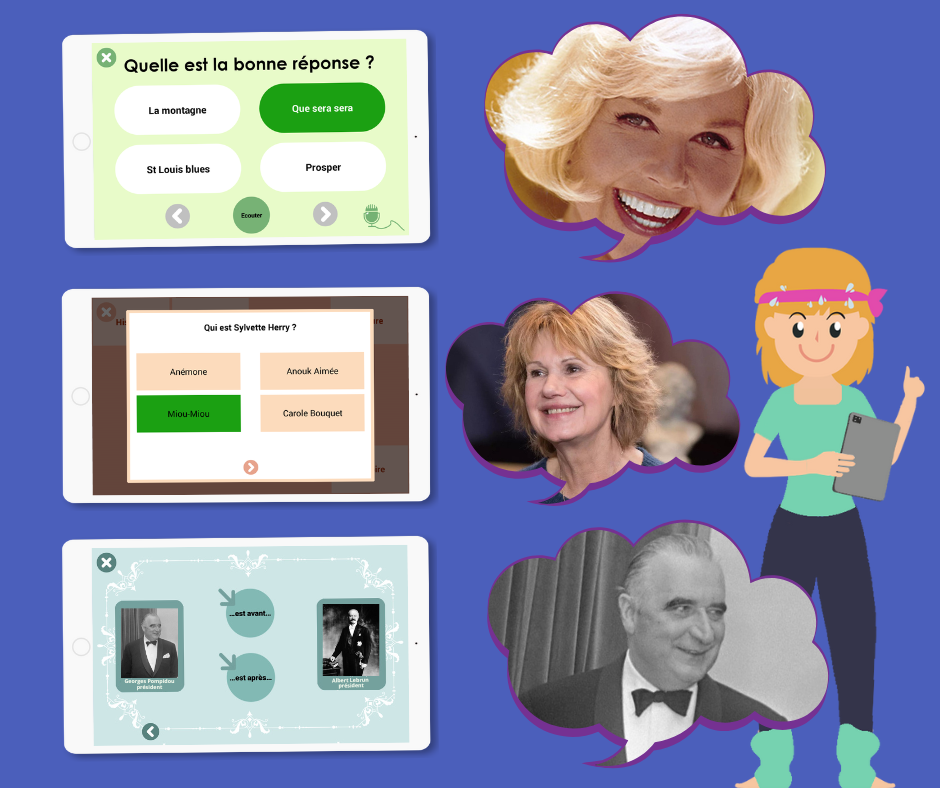
5. Reminiscence and memory workshop: With E-souvenirs, you can get to know your residents better! It’s a great tool created with speech therapists to create a bond. Period photos are accompanied by open-ended questions, allowing everyone to share their experiences and recount their own memories.
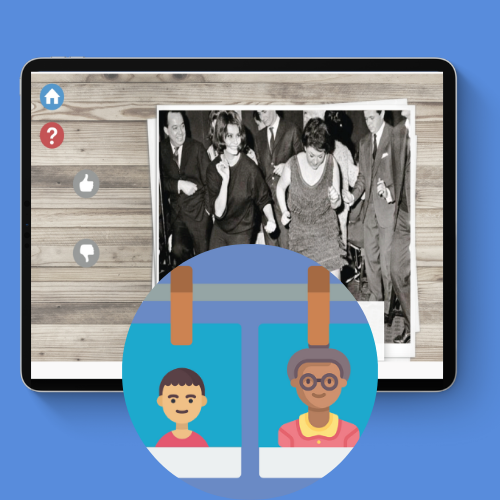
- Reading and storytelling programs: Group reading sessions or storytelling workshops can enrich the range of activities on offer. These moments can be an opportunity to rediscover literary classics, listen to stories or even write stories or poems together, stimulating imagination and memory.
- Gardening and horticultural therapy: Gardening is a beneficial activity for the elderly, bringing them into contact with nature and stimulating their senses. Residents can participate in the cultivation of flowers, vegetables or herbs, providing opportunities for daily care and a sense of personal accomplishment.
- Information and Education Sessions: Offering educational sessions on a variety of subjects, such as health and wellness, history, art and language courses, can stimulate residents’ intellectual curiosity and encourage lifelong learning.
- Adapting and personalizing entertainment: Emphasize the importance of personalizing entertainment according to residents’ life stories, preferences and abilities. This may involve creating smaller activity groups for more intimate, focused interactions.
- Adapted Dance Workshops: Dance workshops designed specifically for Senior Livings residents can stimulate both body and mind. Dance styles such as line dancing, adapted ballroom dancing, or even gentle ballet-inspired movements can be introduced. These activities encourage self-expression, improve balance and coordination, and promote emotional well-being.
- Creative movement and bodily expression: Sessions dedicated to bodily expression and creative movement can help residents explore new forms of communication beyond words. This can be particularly beneficial for those who have difficulty expressing themselves verbally. Using music to guide movement also stimulates memory and strengthens the social bond between participants.
- Gentle gymnastics and yoga: offering gentle gymnastics or yoga sessions adapted to the elderly can help maintain flexibility, strengthen muscles and improve posture. These activities can also have a positive effect on the mind, reducing stress and promoting better sleep.
- Motor skills courses and outdoor activities: Creating outdoor spaces with adapted motor skills courses can encourage residents to take part in outdoor physical activities, thus enjoying the benefits of nature. Gentle walking, adapted petanque games or gardening activities can be integrated to enrich the range of physical activities on offer.
- Zumba Gold or Other Adapted Fitness Classes: Adapted fitness classes such as Zumba Gold, designed specifically for seniors, can offer a fun and energetic way to stay active. These classes are often set to lively music and adapted to be accessible to all levels of ability.
- Aquagym or other aquatic activities: Facilities permitting, aquagym or other aquatic activities can be offered. Water offers natural resistance without weighing down the joints, making it an excellent form of exercise for the elderly. These sessions can help improve muscle strength, flexibility and endurance in a gentle way.
It’s important to choose entertainment based on residents’ needs and preferences. It is also essential to take into account their state of health and their physical and cognitive abilities. Entertainers must be attentive to the individual needs of residents and adapt accordingly.
The physical benefits of flash animation for residents
| The physical benefits of flash animation for residents |
|---|
| Improved hand-eye coordination |
| Strengthening finger dexterity |
| Increased muscle flexibility |
| Stimulates blood circulation |
| Improved posture |
| Strengthening back and neck muscles |
| Improved breathing |
| Reduced joint pain |
| Stimulation of endorphin production |
Flash animation can have many physical benefits for Senior Livings’ residents. First and foremost, it keeps residents physically fit by encouraging them to stay active. Physical exercise sessions, for example, can help improve residents’ muscle strength, balance and coordination. This can help reduce the risk of falls and maintain their independence.
What’s more, flash animation can help improve residents’ motor skills. Activities that involve physical movement, such as dance or balance games, can help stimulate residents’ coordination and flexibility. This can be particularly beneficial for the elderly who suffer from mobility problems or muscle stiffness.
It’s important that activity leaders adapt activities to the physical abilities of residents. They must also be alert to signs of fatigue or pain, and adjust activities accordingly. It’s essential to ensure that residents feel safe and comfortable during entertainment sessions.
The psychological benefits of flash animation for residents
Flash animation can also have many psychological benefits for Senior Livings residents. First of all, it can help boost residents’ morale by providing them with entertaining and enjoyable activities. Fun activities, such as board games or music sessions, can help create a happy, relaxed atmosphere in nursing homes.
What’s more, flash animation can help improve residents’ psychological well-being by offering them opportunities for creative expression. Creative workshops, for example, enable residents to develop their creativity and express themselves through art. This can be particularly beneficial for older people who have difficulty communicating verbally.
It’s important that animators create a warm and welcoming environment during their sessions. They must encourage residents’ active participation and ensure that everyone feels valued and respected. Activities must be adapted to residents’ interests and abilities, so that they can enjoy them to the full.
The positive effects of flash animation on resident socialization
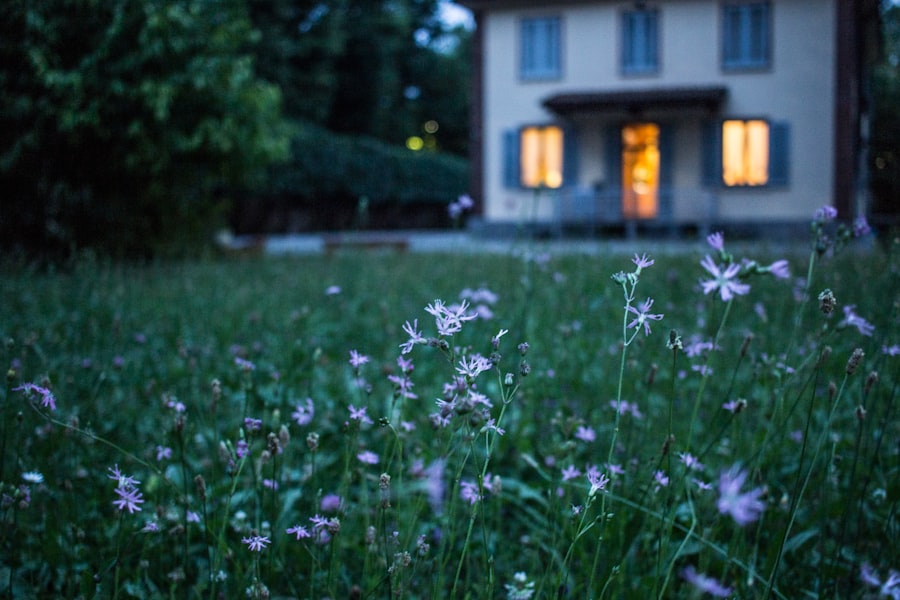
Flash animation can also have a positive impact on the socialization of Senior Livings residents. It offers residents the opportunity to meet, interact and share moments of conviviality. Group activities, such as board games or dance sessions, encourage social interaction and strengthen the bonds between residents.
What’s more, flash animation can help combat social isolation by offering residents opportunities to enjoy themselves and connect with others. Fun and creative activities enable residents to enjoy themselves together and create shared memories. This can help improve their emotional well-being and reduce feelings of loneliness.
It’s important for animators to create an inclusive and encouraging environment during animation sessions. They must encourage the participation of all residents and ensure that everyone feels included and valued. Activities must be tailored to residents’ individual needs and preferences, so that they can take full advantage of the social experience.
How flash animation can help stimulate residents’ memory
Flash animation can also help stimulate the memory of nursing home residents. Activities that involve memory, such as memory games or puzzles, can help maintain residents’ cognitive abilities. This can be particularly beneficial for the elderly who suffer from memory problems linked to aging or illnesses such as Alzheimer’s disease.
What’s more, flash animation can help stimulate residents’ memory by offering them opportunities to recall past memories. Activities involving music, for example, can help evoke memories and stimulate residents’ autobiographical memory. This can be particularly beneficial for older people who have difficulty remembering certain events or information.
It’s important that activity leaders adapt activities to the cognitive abilities of residents. They must also be alert to signs of confusion or frustration and adjust activities accordingly. It’s essential to ensure that residents feel supported and encouraged during entertainment sessions.
The skills required to run flash animation sessions in nursing homes
Running flash animation sessions in nursing homes requires a number of specific skills. First of all, it’s important to have a good understanding of residents’ needs and preferences. Activity leaders need to be able to adapt to the physical and cognitive abilities of residents, and offer activities tailored to their interests.
In addition, good communication and interpersonal skills are essential. Animators must be able to establish a relationship of trust with residents and create a warm, welcoming environment during animation sessions. They must also be able to communicate clearly and comprehensibly, using simple words and gestures.
Finally, it’s important to have a good knowledge of the different forms of flash animation and of animation techniques adapted to the elderly. Entertainers need to be creative and innovative in designing activities, and able to capture the attention of residents. They must also be able to handle unexpected situations and adapt quickly to residents’ needs.
The challenges of setting up flash animation sessions in nursing homes
Setting up flash animation sessions in Senior Livings can present certain challenges. First of all, it can be difficult to find qualified and experienced animators to run the sessions. It’s important for entertainers to have a good understanding of the specific needs of the elderly, and of animation techniques adapted to their condition.
What’s more, it can be difficult to find the resources needed to finance flash animation sessions. Senior Livings often have limited budgets, which can make it difficult to organize regular animation sessions. It’s important for facilities to recognize the importance of entertainment for residents’ well-being, and to invest in this activity.
Finally, it can be difficult to overcome resistance or prejudice towards animation among some elderly people or staff members. It’s important to make residents, families and staff aware of the benefits of animation, and to involve them in the process of planning and setting up sessions.
Adapting to residents’ needs and abilities
- Individualized Needs Assessment: One of the major challenges lies in adapting activities to the varied abilities and needs of residents. It is crucial to carry out an individualized assessment in order to adapt the animation sessions, which requires time and specific skills on the part of the animators.
- Diversity of interests: The diversity of residents’ interests and cultural backgrounds can make it difficult to design animation programs that are universally engaging. Striking a balance between group activities and personal interests is a constant challenge.
Training and Recruitment of Animators
- Ongoing training: Another challenge is to ensure that animators receive ongoing training to keep abreast of best practices in senior animation. This includes understanding developments in geriatrics and the psychology of aging.
- Lack of qualified professionals: The sector can experience a shortage of qualified professionals, which complicates recruitment. It’s essential to promote the profession of Senior Livings’ animator to attract talented people who are passionate about the well-being of the elderly.
Stimulate and create links” training course
With this 3-hour online training course, certified and validated by Qualiopi, you can learn how to create a bond with the seniors you may be accompanying.
In this course, you will :
– Module 1: The contribution of digital technology: a new way of helping the elderly
Module 2: Getting to grips with the tablet, practical tips and strategies
Module 3: Dynseo games, tools for creating links
Module 4: Integrating Dynseo into the therapeutic project
Module 5: Monitoring platform, a check on the work
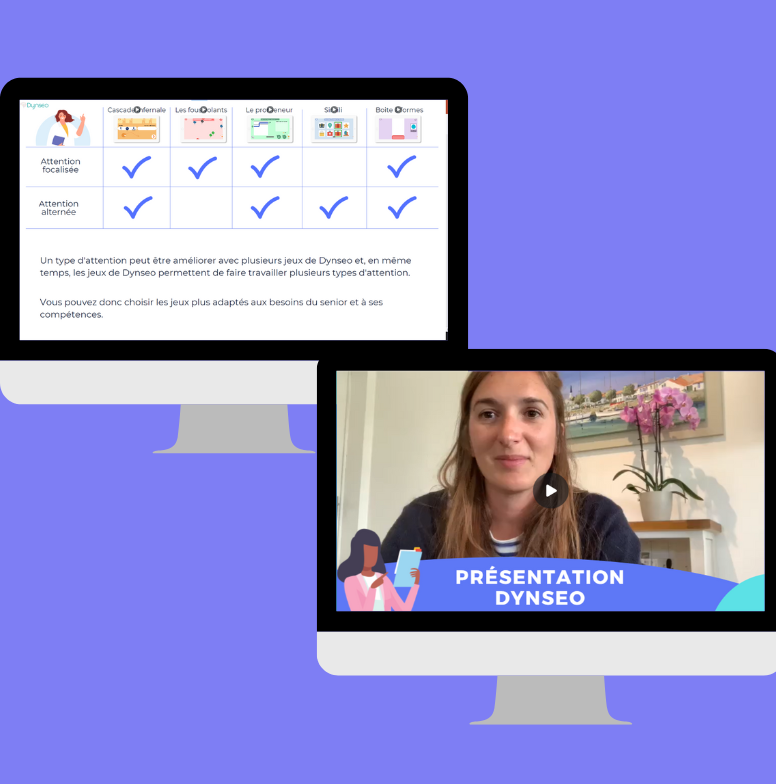
Resource and Financing Management
- Allocating resources: allocating limited resources between medical needs, daily care and entertainment activities is a challenge. It is crucial to advocate for a budget allocation that recognizes the importance of animation in residents’ quality of life.
- Explore alternative sources of funding, such as grants, donations or partnerships with community organizations, can help overcome budgetary constraints. However, this requires additional effort in terms of research and project management.
Change of Perception and Commitment
- Combating stereotypes: It’s essential to combat stereotypes about aging and entertainment in Senior Livings to encourage resident participation. Internal awareness campaigns and testimonials from residents can help change perceptions.
- Encouraging staff involvement: Involving care staff in animation activities can also be a challenge. Training staff on the importance of facilitation and developing facilitation skills can encourage more active participation and better collaboration.
By approaching these challenges with a thoughtful strategy and a commitment to continuous improvement, Senior Livings can successfully implement enriching flash animation sessions tailored to all their residents, thus making a significant contribution to their well-being and quality of life.
Flash animation, a valuable tool for improving the quality of life of Senior Livings residents
At DYNSEO, we believe that flash animation is an invaluable tool for improving the quality of life of Senior Livings’ residents. It offers residents the opportunity to take part in stimulating and entertaining activities that contribute to improving their physical and psychological well-being. Flash animation can help keep residents fit, stimulate their memory, encourage social interaction and improve morale.
It’s important that animators have the necessary skills to run flash animation sessions in Senior Livings. They must be able to adapt to residents’ needs and preferences, establish a relationship of trust with them and propose activities adapted to their abilities. It is also essential to overcome the challenges associated with setting up flash animation sessions in Senior Livings, such as recruiting qualified animators and financing the activities.
By investing in flash animation, nursing homes can offer their residents an interactive and entertaining experience. Flash animation can be used to create games, quizzes and fun activities that stimulate memory, concentration and coordination in older people. What’s more, this technology makes it possible to personalize activities according to each resident’s preferences and abilities, encouraging their involvement and participation. Thanks to flash animation, Senior Livings can also organize special events such as magic shows or virtual concerts, offering residents unique and memorable moments of entertainment. By investing in this technology, Senior Livings are demonstrating their commitment to providing an enriching and stimulating living environment for their residents.
AND FOR FURTHER INFORMATION
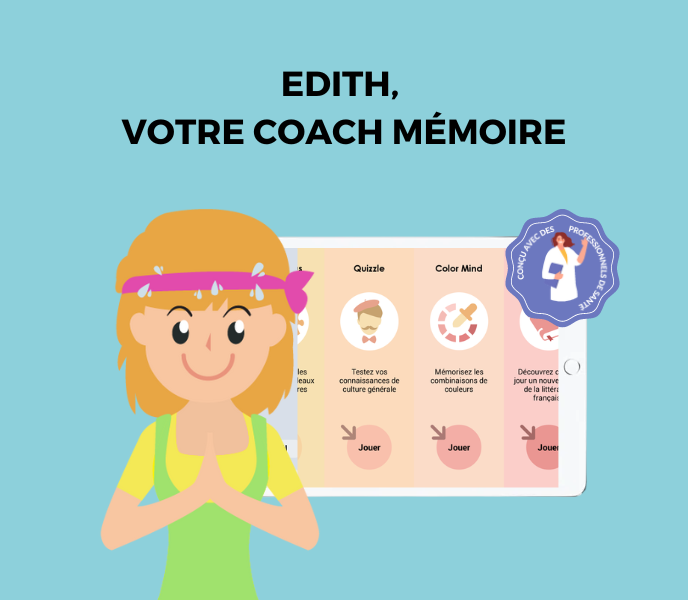
EDITH PROGRAM, YOUR MEMORY COACH
With the EDITH adapted play program, your loved ones will be stimulated at their own pace. The games have no timer, no score, so that seniors can rediscover the pleasure of playing. A practical solution for family and professional caregivers.
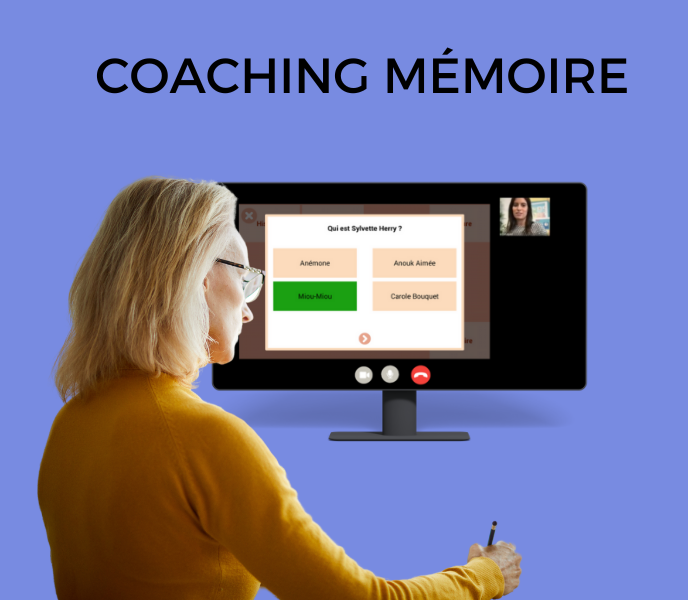
REMOTE MEMORY COACHING
Other articles that might interest you:
No Results Found
The page you requested could not be found. Try refining your search, or use the navigation above to locate the post.


